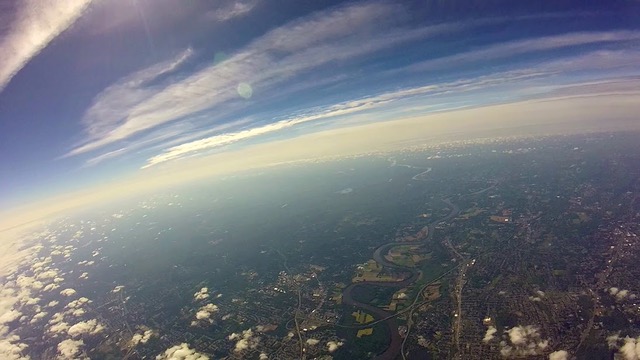Bad weather can be bad for business. For property managers, winter storms in particular can significantly impact operations and affect revenue.
To help productivity and improve safety, ELM has invested in emerging weather research to provide you with weather planning as a strategic piece of your overall landscape budget.
“Being able to collect and apply information locally has opened up opportunities for us to improve communications and service timelines as we apply what we learn to be proactive about potential impacts,” said Bruce Moore Sr., who leads the ELM’s hazard and risk planning initiative. “We know we can’t manage the weather but we can manage the financial implications of what weather can do if we’re not prepared for it,” he added.
Being responsible for the safety of commercial landscape and outdoor environments is mission-critical for ELM’s front line team who ensure that your business is taken care of while your workforce, tenants or campus remains safe.
“ELM’s hazard planning minimizes the disruption of our customer’s business, reduces insurance claims made by injured employees and customers, lowers exposure and increases the safety of everyone,” noted Bruce.
Technology has improved accuracy in predicting extreme weather and is providing exponentially more benefits to property managers looking to address emergency preparedness and site safety. Whether it’s the next generation of radar, new mobile applications, remote weather sensors that manage water conservation, or using forecasts to save money, more accurate predictions makes running a commercial landscape asset easier all year long.
ELM is committed to creating safer communities by protecting life and property, and managing risk. To learn more about ELM’s weather service, contact Bruce Moore, Sr., Founder & CEO at 203-316-5433.
Photo: The Connecticut River photographed from Conard weather balloon, a student-driven project of the Frederick U. Conard School’s STEM (science, technology, engineering and math) program. ELM applauds students throughout Connecticut for the work they are doing in the pursuit of knowledge and understanding.





